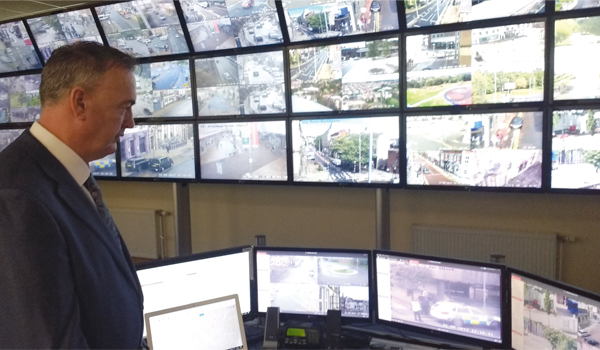Why storage is a strategic resource:Part II
In the last edition of Police Professional, Mat Hanrahan looked at how treating storage as a strategic resource can reduce costs and make a direct contribution to operational policing. In this second article, he looks further at the technical reasons behind the growth in data storage, the reasons why storage technology is an issue of increasing strategic and political importance, and what the technologies ultimately mean for the police service.

In January 2005 the Bichard Inquiry will reconvene to assess progress on the 31 recommendations it made in June this year. Five of these recommendations concerned establishing a new Statutory Code of Information Handling through the Police Reform Act of 2002.
This Code, according to the report: “Must clearly set out the key principles of good information management (capture, review, retention, deletion and sharing), having regard to policing purposes, the rights of the individual and the law. The Code of Practice must set out the standards to be met in terms of systems (including IT), accountability, training, resources and audit.”
This new Code of Practice for handling information could play a valuable strategic role in helping police forces manage their IT budgets. Data storage is traditionally associated with the retention aspect of the five key principles of good information management. However, the exponential rate of growth of digital data has forced data storage technology to address the principles of review and deletion, if not data sharing as well.
Strictly speaking, information and data are different. Information is data with a context and a purpose; data is the unrefined raw material from which it is made. The first storage technology aimed to make information services faster and more robust by improving the way hardware stored and moved data around different parts of the system.
Rapid development cycles, growing demand and strong competition meant that computer hardware showed an early tendency to both double in capacity and halve in cost within a very short space of time. The development of RAID (Redundant Array of Independent/Inexpensive Disks) systems in the late 1980s is a good example of how storage engineers turned this to their advantage. RAID protected data by using native system-to-disk block commands to spread it across multiple hard disks, either by striping it across a set or mirroring it to a partner. Parity volumes then recorded the block commands and could be used to recover corrupt volumes.
Computer systems could not have taken the strategic high-ground they have today without continual refinement of these basic techniques of data protection and disaster recovery. A digital police Command and Control centre does not have to be off-line for long before lives are put at risk. Real-time systems like these will need a real-time recovery strategy. This may involve a duplicate system, rather than just a disk, shouldering the workload in the event of a failure. Meanwhile, rather than using a simple parity volume, the corrupted system is rebuilt through a detailed album of system snapshots. UK organisations were investing in long-range fibre-optic cable that was capable of mirroring their data several miles away long before 9/11 significantly raised the threat from global terrorism.
Unfortunately, the revolution in computer networking in the 1990s meant organisations could no longer manage their information needs by simply pumping unrefined data to more and more bits of hardware. Networking made it easy to share data, and this meant a massive increase in the volume of data being stored. New applications, such as data warehouses and web-based data stores, copied whole databases on to new systems which then required back-up. Old paper-based processes were digitised, necessitating digital record management systems with considerable storage needs. As PCs began appearing on every desk, personal email and other content started clogging up corporate back-ups and workgroup storage. Not only did data increase in volume, it also increased in girth so that colour, embedded illustrations, digital images and encryption became standard features and started soaking up space.
Soon, system administrators could no longer find a moment quiet enough to take a system off-line and add the extra disks, and the number of systems requiring back-up had reached a critical mass which locked support staff into a never ending merry-go-round of manual procedures





